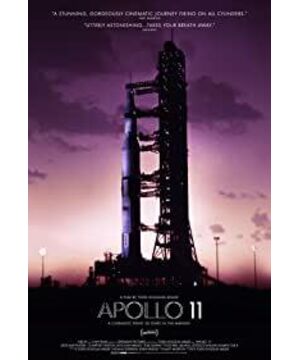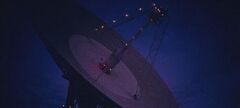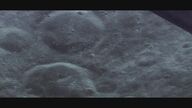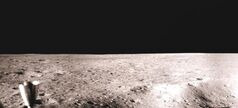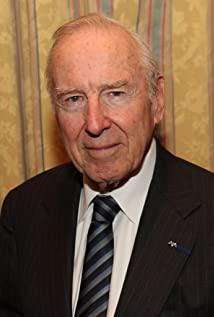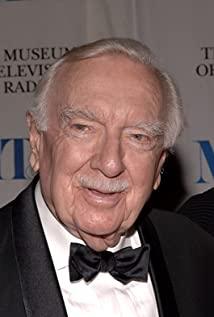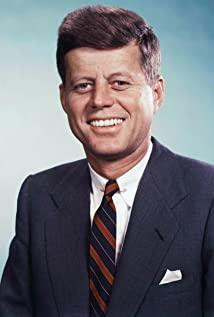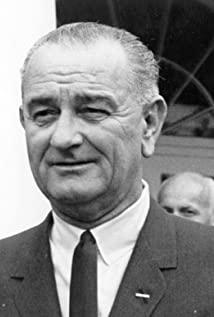On July 20, 1969, when the American astronaut Neil Armstrong's "Apollo 11" was about to land on the moon, the computer suddenly sounded an alarm because someone pressed the wrong button, indicating that the mission to the moon was likely to be destroyed and killed. Fortunately, the moon landing The error detection and recovery system designed by Margaret Hamilton, the team's female software engineering player, was immediately activated, quickly turning dangers into danger and creating a new chapter in human exploration of the universe. When she was interviewed a few days ago, she recalled: “Everyone was relieved when they landed: the astronauts are safe and the software works perfectly.”
The United States and the Soviet Union launched a space race in the last century. The Soviet Union completed its first manned space mission in 1961. The then President Kennedy announced the following year that he would send people to the moon. The United States Space Agency (NASA) immediately launched the "Apollo" project, with a total of 400,000 people participating, at a cost of 25 billion U.S. dollars. Hamilton, born in 1936, was one of the heroes behind the moon landing.
Daughter accidentally discovered a system vulnerability by pressing the wrong key
Graduated from Hamilton Department of Mathematics. How to use a computer, how to write software, etc., all she learned while working while participating in the research of weather forecasting systems at the Massachusetts Institute of Technology. She later wrote software to detect enemy aircraft at MIT’s Lincoln Laboratory. In 1964, her husband saw MIT newspaper advertisements and recruited people to write programs to "send people to the moon." She joined the "Apollo" project. Become the first woman in the group. She said: "When I took over, one of the bosses stated that he did not doubt whether I was competent, and was only worried that the male colleagues in the group would object. Fortunately, they did not."
During the years of writing moon landing software, Hamilton sometimes worked while taking care of his daughter Lauren. Once, Lauren learned her mother button to simulate landing on the moon, but when she was about to land, she pressed the wrong button and started a program that was supposed to operate before the launch. The computer suddenly received too many commands and not enough capacity to handle it, so she wiped it away. The navigation data required for landing on the moon appears as a simulation result of a crash of the space capsule when it landed.
Hamilton was taken aback. He reported to his superiors and suggested to modify the program to prevent accidental selection of the button during the flight. However, the superior firmly believed that all astronauts had received excellent training and would not make mistakes. As a result, in 1968, the "Apollo 8", which was the first manned mission to orbit the moon, made the same mistake by astronauts. It took Hamilton 9 hours to correct and reconfigure the mission. Afterwards, she was allowed to formally modify it, and when someone made another mistake three minutes before the Apollo 11 landing on the moon the following year, the updated software came in handy.
Hamilton recently said in a lecture: "The software not only notified the mission control room of the U.S. Space Center of the overload problem, but also notified the astronauts. The software also began to make remedies, giving the astronauts the choice to go or not; they decided to land. The crew of "Apollo 11" became the first humans to set foot on the moon, and our software became the first software to operate on the moon."
When former U.S. President Barack Obama presented her with the "Presidential Medal of Freedom," the highest honor for a U.S. citizen in 2016, he said: "She symbolizes a generation of unknown women who helped send mankind to space."
View more about Apollo 11 reviews


